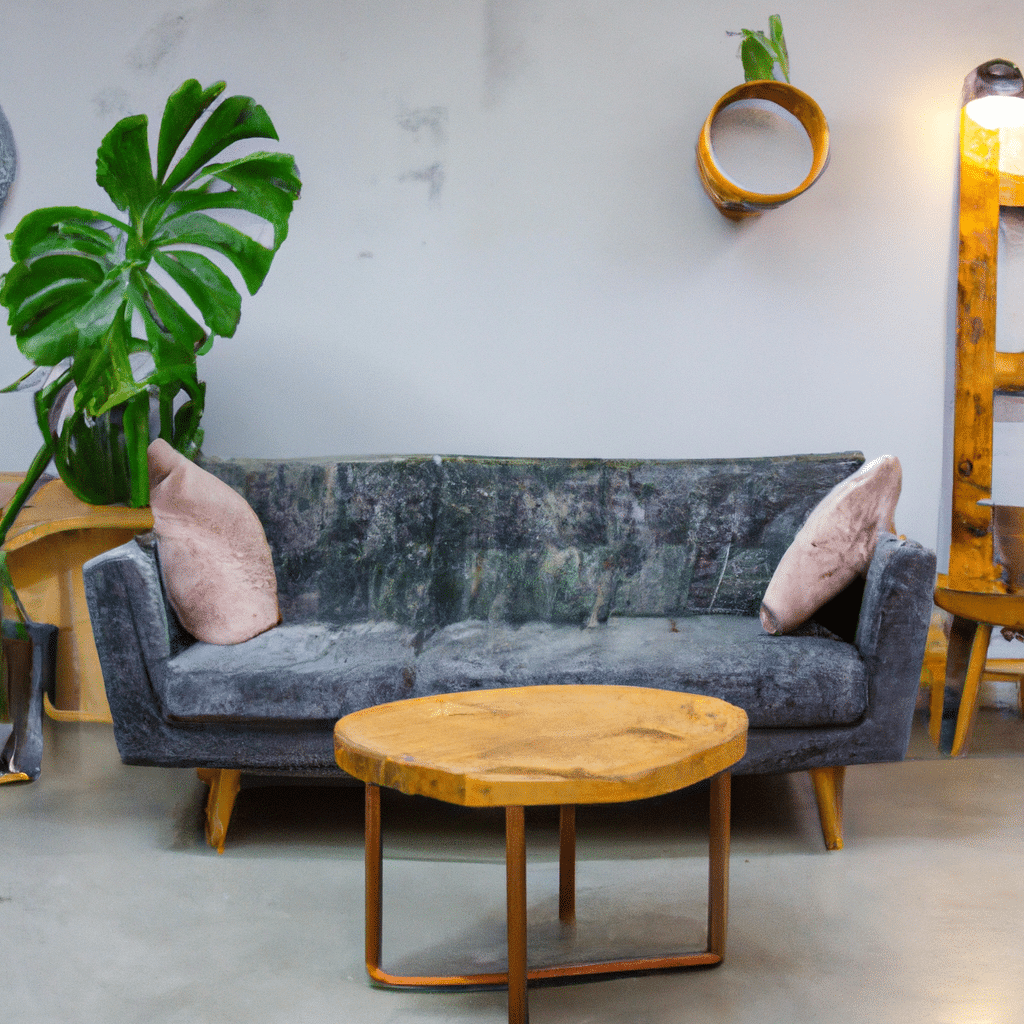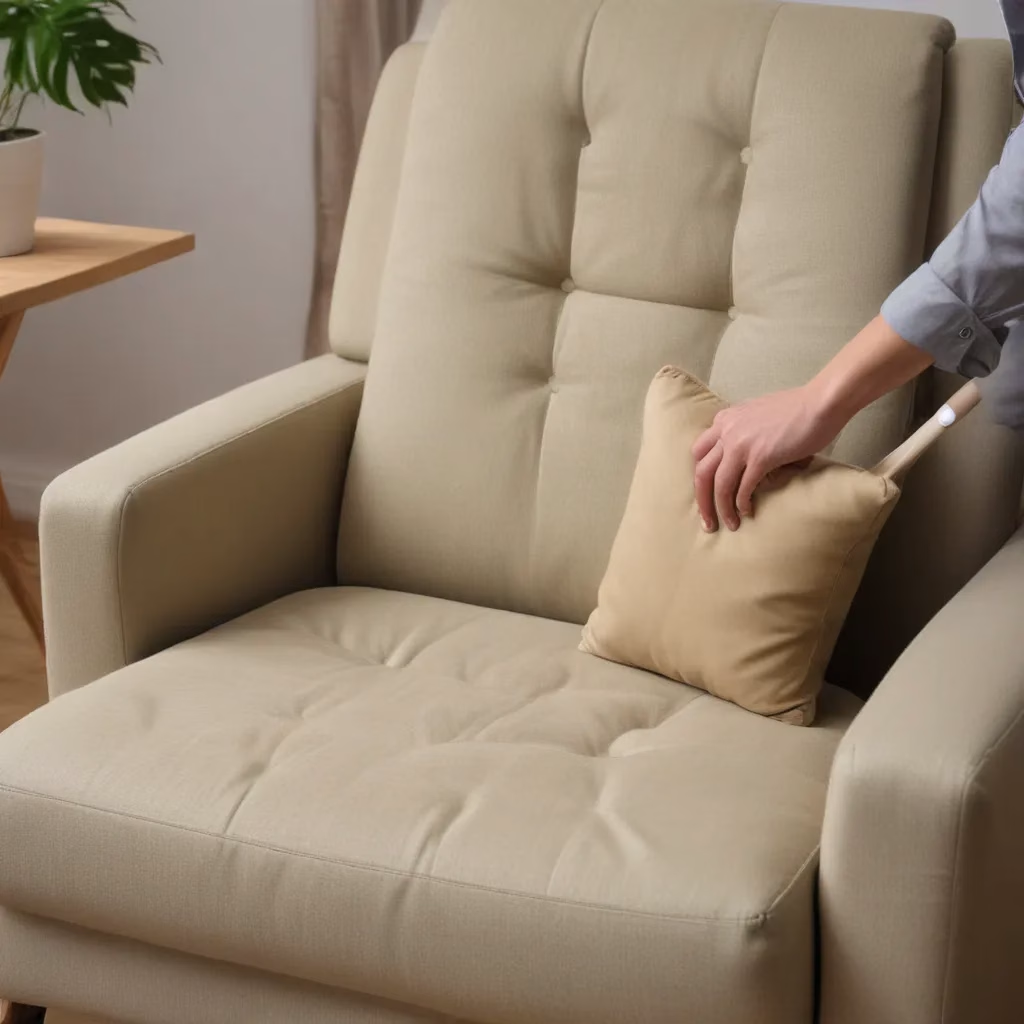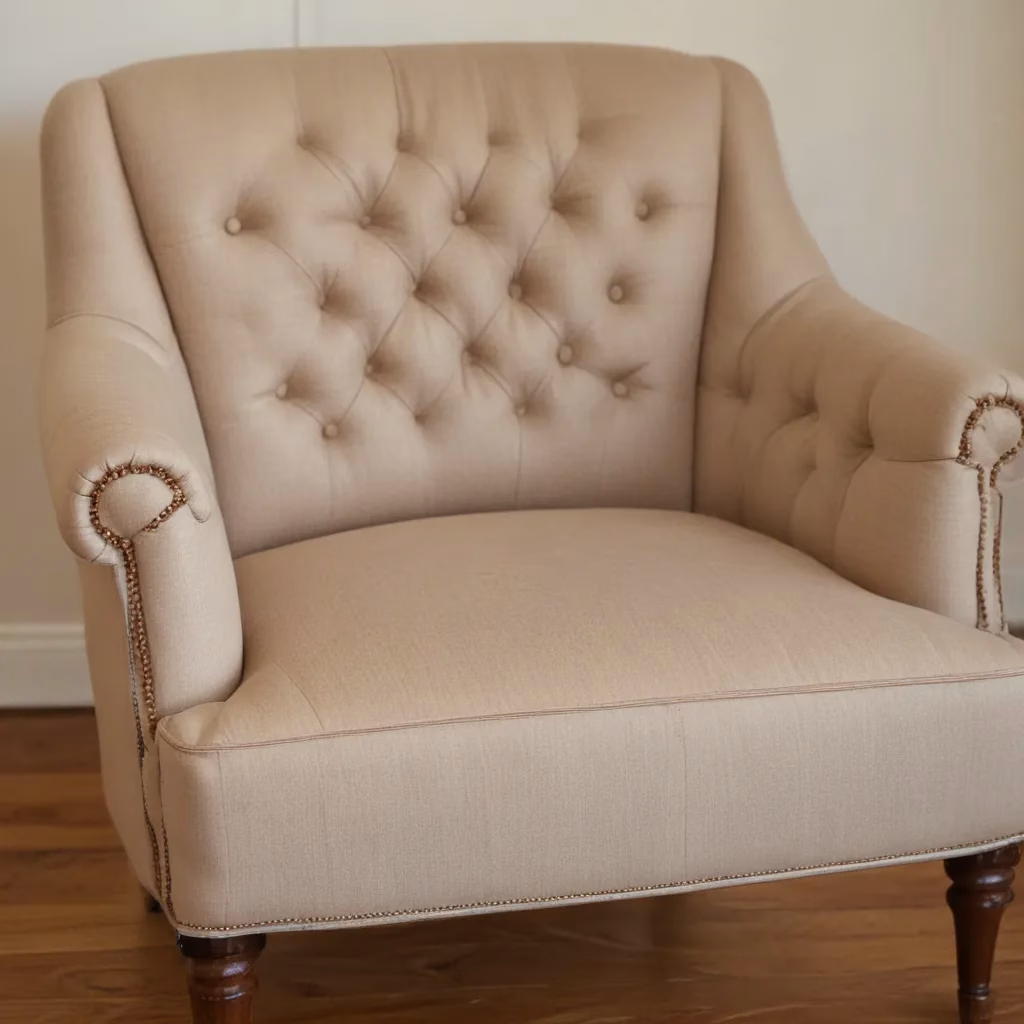In today’s world, where environmental consciousness is on the rise, many of us are looking for ways to make sustainable choices in all aspects of our lives. One area where we can have a significant impact is in the way we furnish our homes. By opting for eco-friendly furniture, we can create a stylish and inviting living space while minimizing our carbon footprint. In this article, we will explore the various aspects of eco-friendly furniture and provide you with practical tips on how to furnish your home sustainably without compromising on style.

Why Choose Eco-Friendly Furniture?
Before we delve into the specifics, let’s take a moment to understand why choosing eco-friendly furniture is important. Traditional furniture production often involves the use of materials and manufacturing processes that harm the environment. From deforestation to excessive energy consumption, the furniture industry has a significant negative impact on our planet.
Opting for eco-friendly furniture allows us to reduce our contribution to these harmful practices. By choosing sustainably sourced materials and supporting manufacturers who prioritize ethical production methods, we can make a positive difference. Additionally, eco-friendly furniture is often built to last, reducing the need for frequent replacements and further reducing waste.
Sustainable Materials for Eco-Friendly Furniture
When it comes to eco-friendly furniture, the choice of materials is crucial. Here are some sustainable options to consider:
1. Reclaimed Wood
Reclaimed wood is an excellent choice for eco-conscious furniture buyers. This type of wood is salvaged from old buildings, barns, or even sunken logs. By repurposing this wood, we can reduce the demand for new lumber and prevent further deforestation. Reclaimed wood furniture adds character and warmth to any space, making it a popular choice for those seeking a rustic or vintage aesthetic.
2. Bamboo
Bamboo is a highly sustainable material due to its rapid growth rate. Unlike traditional hardwood trees, bamboo can reach maturity in just a few years. It requires minimal water and no pesticides to thrive, making it an environmentally friendly alternative for furniture production. Bamboo furniture is not only durable but also adds a touch of natural elegance to any home.
3. Recycled Materials
Another eco-friendly option is furniture made from recycled materials. This can include anything from plastic bottles and packaging to old newspapers and textiles. By giving these materials a second life, we can reduce waste and promote a circular economy. Recycled furniture comes in various styles and designs, allowing you to find pieces that match your personal taste.
4. Natural Fibers
When choosing upholstery for your furniture, opt for natural fibers such as organic cotton, hemp, or linen. These materials are renewable and biodegradable, making them excellent choices for eco-friendly homes. Natural fiber upholstery also tends to be more breathable and hypoallergenic, contributing to a healthier indoor environment.
Ethical Manufacturing Practices
In addition to the materials used, it is essential to consider the manufacturing practices of the furniture brands you support. Look for companies that prioritize ethical production methods, such as fair wages for workers and safe working conditions. Many eco-friendly furniture manufacturers also employ local artisans and craftsmen, supporting traditional skills and communities.
Longevity and Durability
One of the key principles of sustainable furniture is longevity. Investing in high-quality, durable pieces ensures that they will last for years to come, reducing the need for replacements. Look for furniture made with sturdy construction techniques and high-quality materials. While these pieces may come with a higher price tag initially, they will prove to be a worthwhile investment in the long run.
Upcycling and Repurposing
If you have a creative streak, consider upcycling and repurposing old furniture or materials. This DIY approach not only allows you to give new life to old pieces but also reduces waste. You can transform an outdated dresser into a stylish storage unit or repurpose wooden pallets into unique coffee tables. The possibilities are endless, and you can create truly one-of-a-kind pieces for your home.
Supporting Local and Sustainable Brands
When shopping for eco-friendly furniture, consider supporting local and sustainable brands. By choosing locally made products, you reduce the carbon footprint associated with transportation. Additionally, supporting sustainable brands helps to create a demand for eco-friendly furniture, encouraging more companies to adopt environmentally conscious practices. Do some research, read reviews, and choose brands that align with your values.
Conclusion
Furnishing your home sustainably without compromising style is entirely possible with the wide range of eco-friendly furniture options available today. By choosing sustainable materials, supporting ethical manufacturing practices, and opting for durable pieces, you can create a stylish and environmentally conscious living space. Remember to consider upcycling and repurposing, as well as supporting local and sustainable brands. With these tips in mind, you can furnish your home in a way that aligns with your values and helps protect our planet for future generations.



